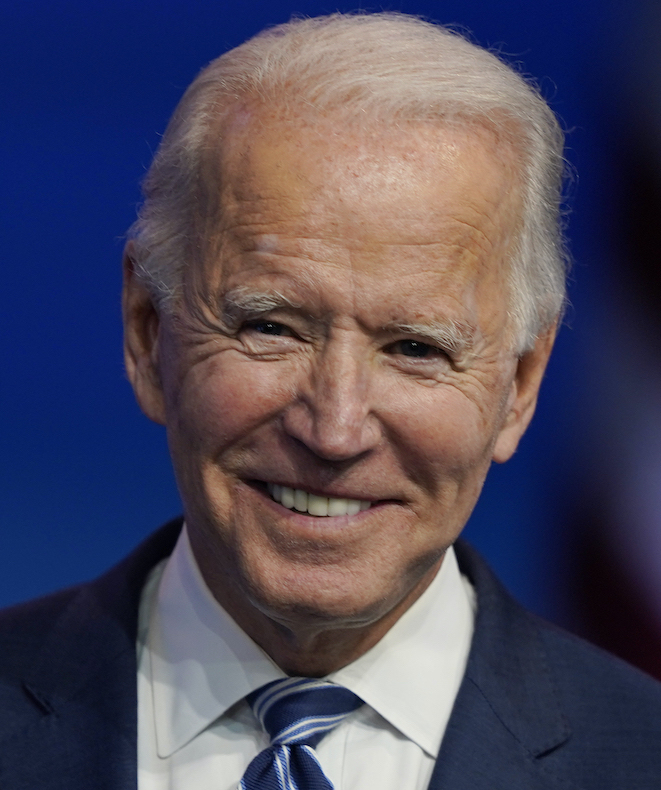slide 1 of 1
Improve Obamacare
Joe Biden
"I’ll not only restore Obamacare, I’ll build on it."
Biden Promise Tracker

Promise Kept
Our only agenda is to publish the truth so you can be an informed participant in democracy.
We need your help.